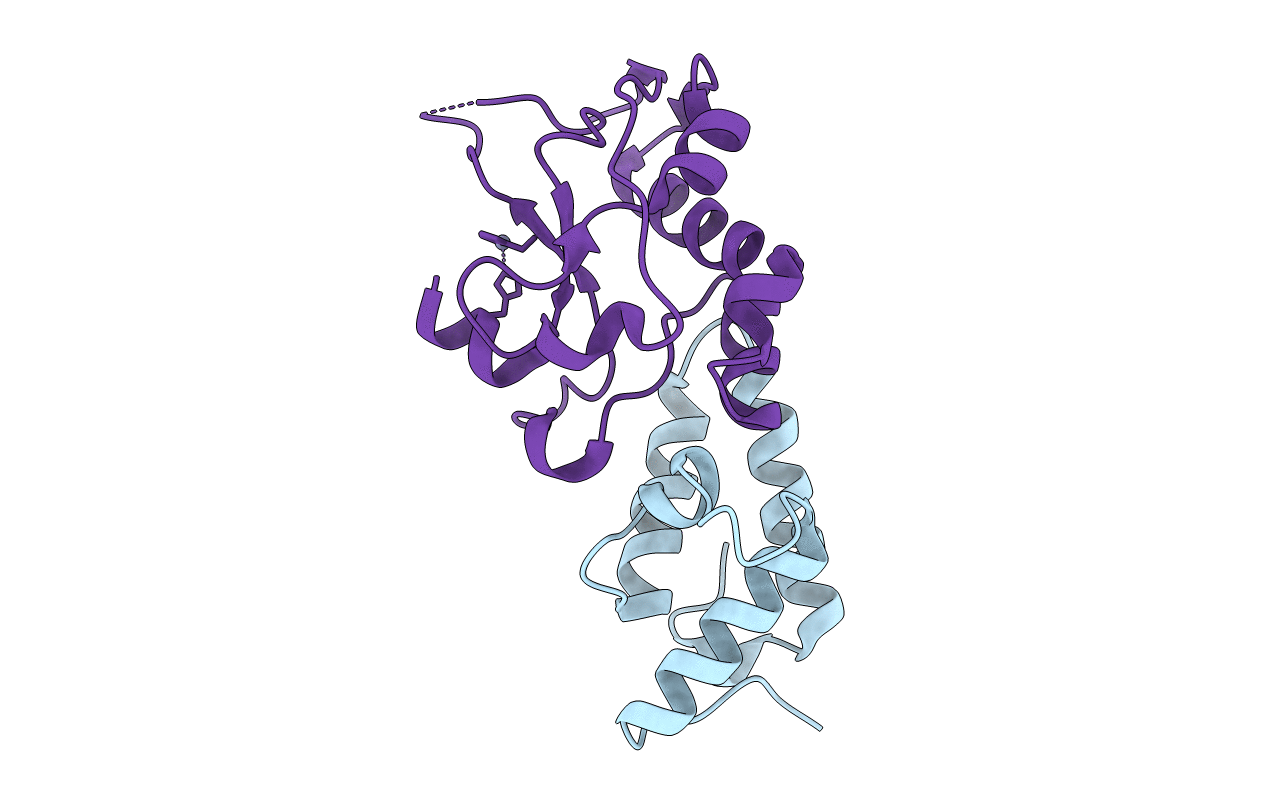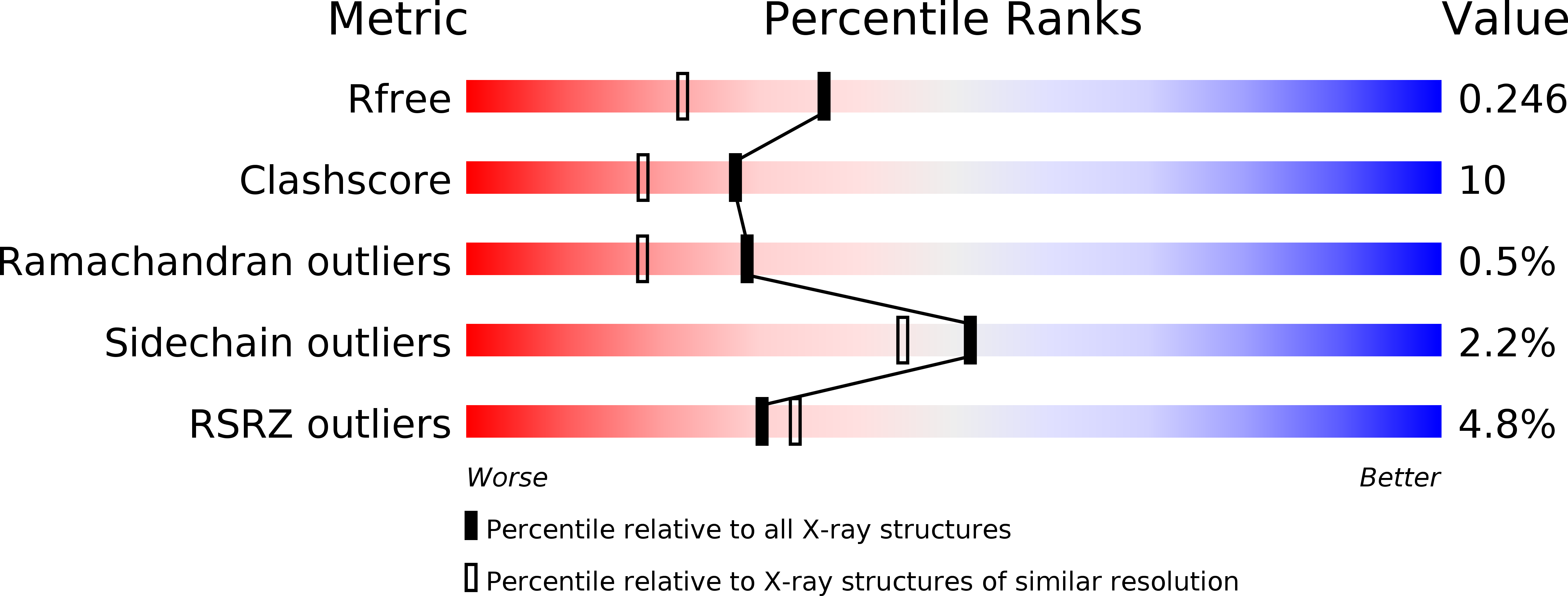
Deposition Date
2006-12-01
Release Date
2007-04-03
Last Version Date
2023-12-13
Entry Detail
PDB ID:
2JB0
Keywords:
Title:
CRYSTAL STRUCTURE OF THE MUTANT H573A OF THE NUCLEASE DOMAIN OF COLE7 IN COMPLEX WITH IM7
Biological Source:
Source Organism:
ESCHERICHIA COLI (Taxon ID: 316407)
Host Organism:
Method Details:
Experimental Method:
Resolution:
1.91 Å
R-Value Free:
0.25
R-Value Work:
0.21
R-Value Observed:
0.21
Space Group:
I 2 2 2


